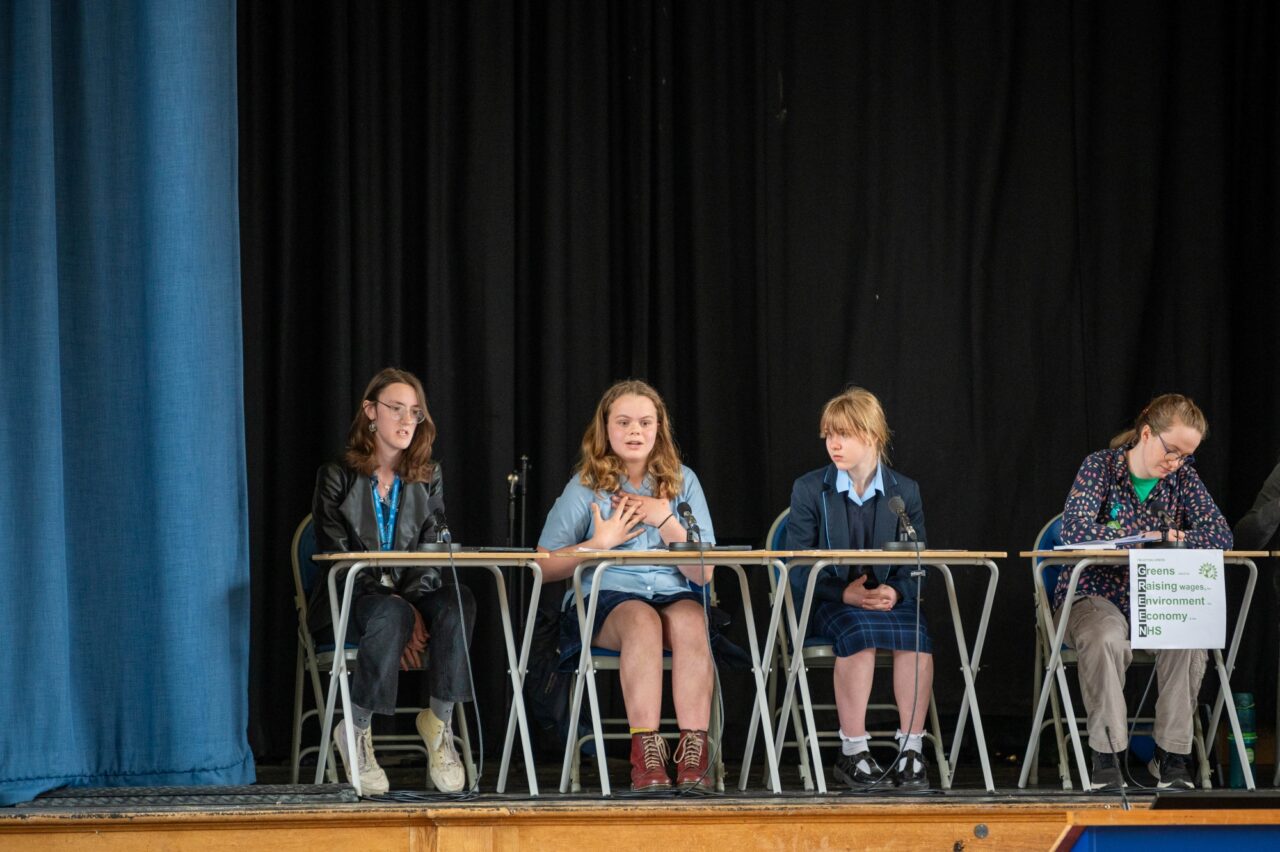Teaching Maths in an all girls’ school
This summer I read ‘Invisible Women’ by Caroline Criado Perez. Despite over ten years teaching in all girls’ schools, where feminist ideas are widely discussed, I found the content of this very readable book both worrying and eye opening. It was given to me by a year 13 student as a leaving present, so it was at least encouraging to know that the next generation of young women continue to be aware and invested in these issues.
As a Maths teacher, the gender data gap discussed in this book resonated particularly strongly. In statistics lessons, we discuss biased data and misleading graphs and statistical calculations – and there have certainly been plenty of examples of these in the last few years with the analysis of Covid data – but what I hadn’t fully appreciated was, for women, how much data has never even been collected. From cars designed and tested in such a way that women are 47 per cent more likely to be seriously injured than men, to medical researchers advocating against the inclusion of women due to their bodies being too complex, too variable and too costly to be tested on.
If we want a world designed to work for everyone then we need women in the room, offering a different insight and view, helping to make these decisions. Sheryl Sandberg, in her book ‘Lean in’, describes her experience being in a senior position at Google of introducing pregnancy parking close to the building. Her male counterparts had perhaps never considered the benefits of this and other females in less senior roles had lacked confidence or seniority to demand this change. In the UK, a recent analysis of the impact female MPs have had in Westminster since 1945 found that women are more likely to speak about women’s issues, as well as family policy, education and care.
In an all girls’ school we are less susceptible to societal expectations around gender. Although the national picture at A Level is that 40 per cent of Mathematics entries and 30 per cent of Further Mathematics entries are girls, there are no subjects in our school where the classroom will be dominated by boys. Maths is the most popular subject in our Sixth Form, with 42.3 per cent of the 2022 cohort taking the subject. Interestingly the girls who choose A Level Mathematics perform as well if not better than the boys; in the UK in 2021 girls outperformed boys in Maths for the first time, with 29.1 per cent of girls being awarded A* compared with 28.5 per cent of boys.
My passion is for an increasing number of girls to love studying Mathematics at a higher level. Research has shown that prior attainment in Mathematics was found to be the most significant factor in progressing to A level, but boys were more likely to continue to A Level than girls with the same GCSE grade. Building confidence is key. I know in our school it is important that teaching strategies provide opportunities for checking understanding with friends and one-to-one conversations with the teacher, as these have been shown to be particularly effective with girls. At Headington we also prepare some students for the AQA Level 2 Certificate in Further Mathematics in year 10 and 11, which offers an insight into what is involved in A Level Mathematics. This is often beneficial to girls who may feel more confident in progressing to A Level having been exposed to more challenging mathematics during Key Stage 4.
At the start of this new academic year I will return to the classroom equipped with a greater range of examples to the question, ‘When will I actually use this in real life?’ and keen to highlight to my students the data inequalities in the world around them. My hope is, as they leave school, these students will continue to notice when the data is biased, or simply missing altogether, and know the value of alternative perspectives when key decisions are being made.



